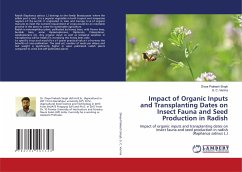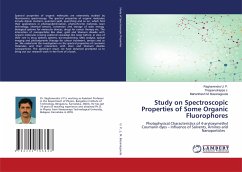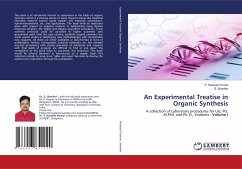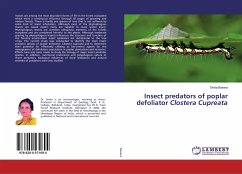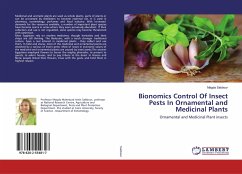Radish (Raphanus sativus L.) belongs to the family Brassicaceae where the edible part is root. It is a popular vegetable in both tropical and temperate regions of the world. It originated in Asia and Europe. Use of organic manures to meet the nutrient requirement of crops would be an inevitable practice in the years to come for sustainable agriculture. Radish is entomophilous plant, pollinated by honey bees, wild flower bees, bumble bees, some Hymenopterous, Dipterans, Coleopteran, Lepidopterans etc. Any organic input as well as temporal variation in transplanting will be helpful in increasing the honey bees visits to specific crop and would be of great practical value to harness the benefits of cross pollination. The seed set, number of seeds per siliqua and test weight is significantly higher in open pollinated radish plants compared to wind and self-pollinated plants.

